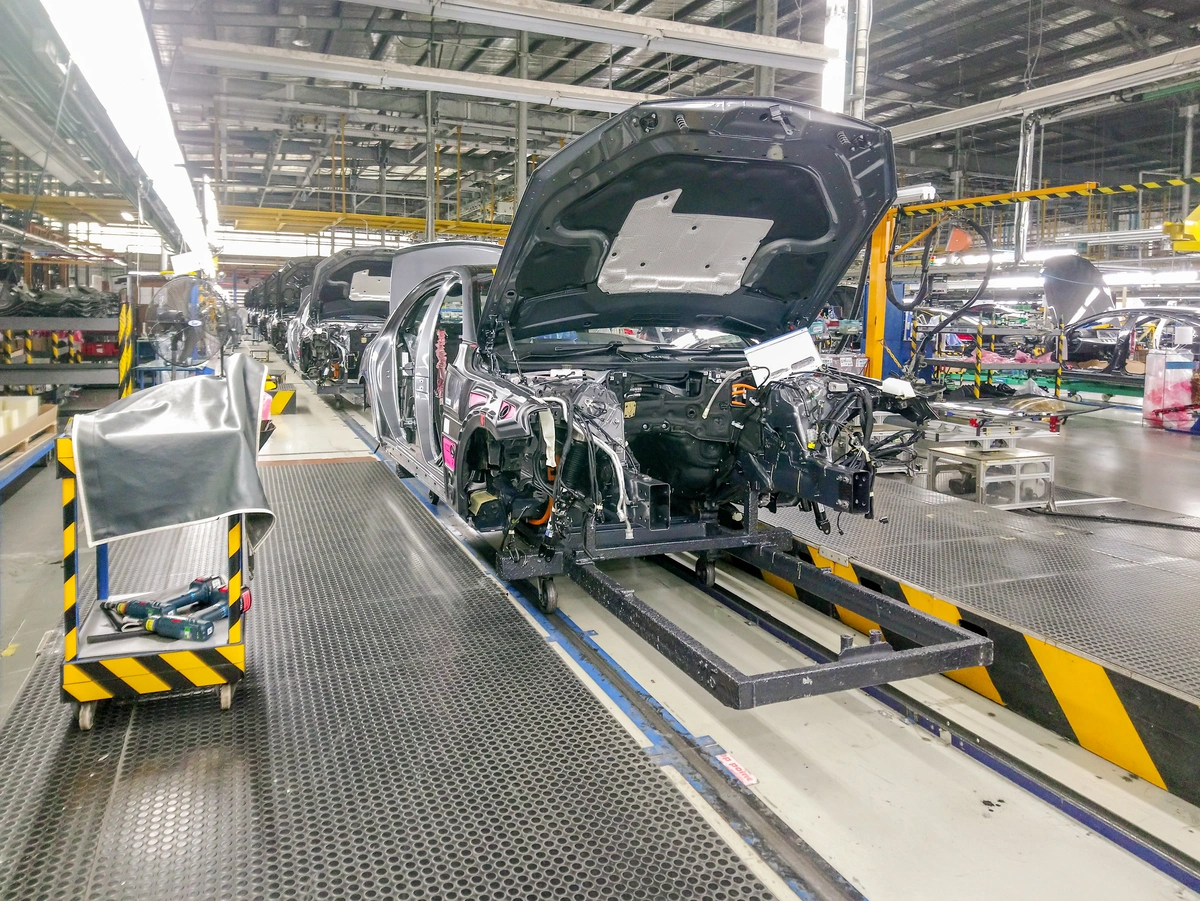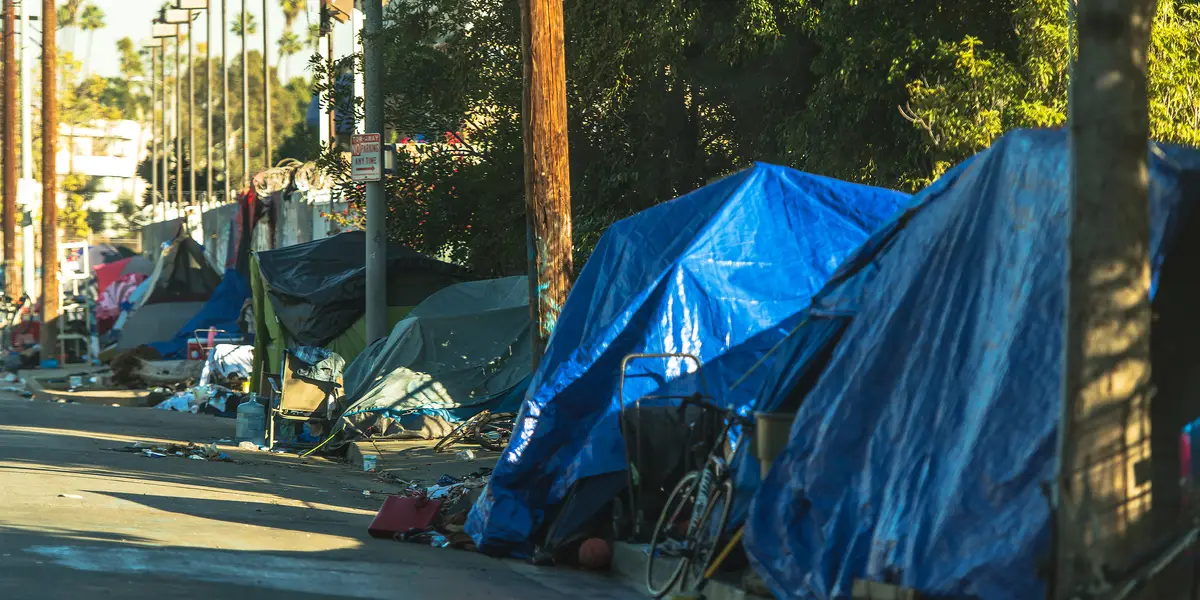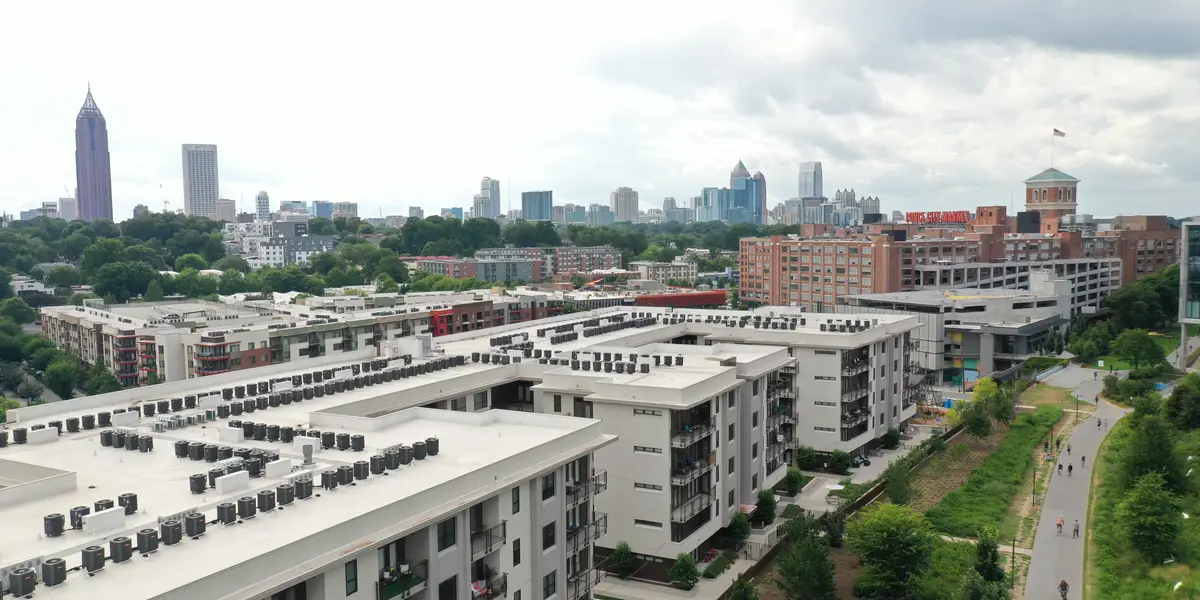This article was originally posted on empirereportnewyork.com.
Climate advocates scored a big win in May when New York became the first state to advance legislation for constructing new zero-emission homes and buildings. This landmark law, aimed at reducing greenhouse gas emissions that contribute to climate change, will prohibit fossil fuel equipment and building systems in new smaller structures starting in 2026 and for new taller structures in 2029, while leaving gas hookups in existing buildings in place.
Many green-leaning cities, such as Los Angeles and San Francisco, have already passed ordinances banning gas stoves, which studies show emit carbon monoxide, methane, and other potentially harmful pollutants. But the move by New York could influence other states considering the transition from fossil fuels to zero-emission renewable energy sources.
For developers, federal, state, and local mandates to address climate change actually serve as an opportunity. They can either wait and see how all this shakes out or they can move forward toward the future, taking advantage of a wide array of available government incentives that will keep them from having to make more costly upgrades down the road.
Yet, like so many efforts to mitigate the impact of climate change, forward-thinking policy is often met with resistance by some who continue to deny climate change is a serious threat, others who use the issue for political gain, and still others who simply fear change.
Pushback is strong from the natural gas industry worried about the potential cost of sustainable development. Also concerning is whether the country’s aging electricity grid and transmission lines can keep pace with the expected surge in electricity demand.
Addressing the climate crisis will therefore require buy-in from government, communities, and the real estate and energy sectors on a wide range of equitable, hyperlocal solutions that are not only economically feasible but also attainable by all stakeholders.
Reduce Building Emissions
The United States has sustained more than 200 weather and climate disasters between 1980 and 2018 and suffered an estimated $1.1 trillion in damages. These events will only grow in severity if the world does not limit global temperature rise and meet its carbon-reduction goals.
Buildings are on the front lines of climate change, contributing to and suffering from its effects. In New York, buildings are the leading cause of greenhouse emissions, even more than car and truck traffic. At the same time, buildings will be increasingly susceptible to the impacts of severe weather. Densely populated areas along the coasts are particularly vulnerable, with an estimated $135 billion in commercial and residential real estate nationwide at risk of being compromised by 2045 due to rising sea levels.
Fortunately, new laws in many cities and states across the United States set targets and carbon caps for buildings’ emissions. Equally important, the federal $1.2 trillion Inflation Reduction Act includes a record $370 billion package of tax incentives, loans, and subsidies for climate and energy programs. In addition, $4.5 billion has been allocated for states to provide rebates to consumers to buy electric appliances. States like New York are also providing their own array of incentives targeting energy-efficient upgrades.
How Developers Can Make a Valuable Contribution
But federal and state incentives are not the only reasons to pursue environmentally sustainable development. Electric heat is also far different than the inefficient systems many people remember from the 1970s. Despite arguments to the contrary, new model heat pumps work efficiently in cold weather, which helps explain why sales are up dramatically in cold weather climates like Norway and Finland.
And battery storage capacity for solar and wind power generation is increasing. What’s more, a growing number of residential and commercial tenants want these features and will pay a premium for them, which is good for developers’ bottom lines. Post COVID, developers are already seeing that there is still demand for higher-end commercial buildings, less so for older existing ones.
Taking advantage of generous government incentives that are currently available on the federal and state levels, the real estate industry is well positioned to help play a critical role in the effort to combat climate change. Many firms have already solidified their place on the frontlines by introducing sustainable design practices, seeking LEED certification from the U.S. Green Building Council, and integrating green construction components.
Yet, for far too many, it’s still business as usual. Worried about high up-front costs for constructing new green buildings or retrofitting older ones, they are mistakenly taking a wait-and-see approach, watching the lawsuits and electoral landscape to see what might happen to the climate goals rather than acting now when the conditions are most favorable.
The reality is that it is more cost-effective and beneficial for developers to invest today in electrified buildings and retrofitted structures than years down the line when emissions deadlines loom. If a developer looks to beat the clock by installing a gas heating system before the new rules officially take effect, they are looking at spending significantly more down the road when a gas furnace needs replacement and they have to electrify by overhauling the entire building. It makes far more sense to electrify today while taking advantage of the available public funding and tax benefits that are not guaranteed to still be around in the future.
At the same time, for the needed energy transition to work, government needs to ensure there are adequate transmission lines and enough electricity fueled by renewable energy to ensure a reliable grid. And they need to make sure the transition is affordable for all. Government also needs to ensure that developers looking to move forward can do so with fewer barriers. Unfortunately, across the country, a patchwork of overlapping rules and a log-jammed permitting process is hampering growth in the sector. For example, the “fast-tracked” SunZia wind farm and power line project in New Mexico recently received a crucial permit to go ahead after 17 years. Despite soaring demand and available capital, U.S. clean power installations dipped 16 percent last year—the worst year for wind power development since 2018.
To support electrification efforts, it’s critical that government make it easier to move forward with faster permitting and licensing processes. The energy effort is doomed to failure if needed projects can’t get up and running in a timely fashion.
Build Trust to Secure a Sustainable Future
As we look ahead, several other obstacles might derail progress toward an all-electric future. Political headwinds could end clean energy tax breaks and incentives. Industry lawsuits could delay the implementation of laws such as occurred in California, where a federal court blocked Berkeley’s law to phase out methane gas hookups in new buildings.
Also worrisome are fossil fuel industry-backed campaigns aimed at scaring consumers into believing that “the government is coming to take their gas stoves” and that energy transition is unaffordable.
In moving forward, these obstacles can be overcome. But it’s important that any plan guarantee the energy transition is just and fair—accessible to both upper-income households, residents of public housing, and marginalized communities that have been hardest hit by climate change and environmental disadvantages. Rebates under the Inflation Reduction Act, for instance, based on income and location, help consumers recoup the cost of a new electric cooking appliance or converting from natural gas to electric.
Such policies are critical to the success of the energy transformation. This is a new frontier designed to mitigate the impacts of climate change and secure a safe future for the planet. Getting there will require building trust through the active participation of the private sector, government, and communities to implement resilient climate strategies that will benefit all today as well as into the future.
Ken Lovett leads Ichor’s Public Sector Practice and is a long-time award-winning journalist, having covered the New York State Capitol for 25 years, including more than eight for the New York Post and nearly 11 as the Albany bureau chief for the Daily News. He is a communications expert with deep knowledge of policy, politics, and media strategy.
Connor Plunkett is an experienced researcher on Ichor’s Research team, bringing qualitative and quantitative skills honed through over four years of practice across academic and professional fields.







